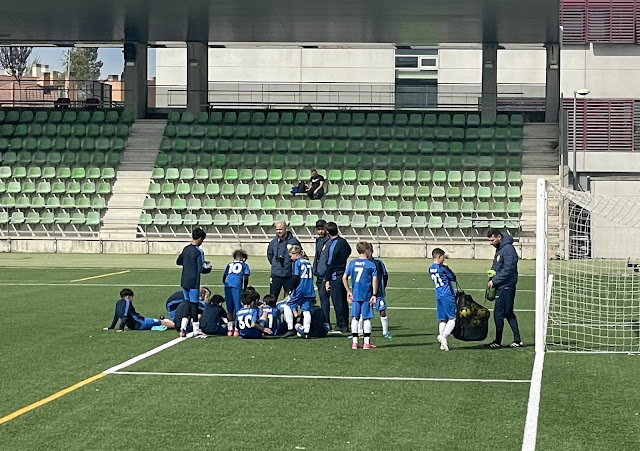20240831 I was keen to check out Lightning Ridge as the last time we were here was in 2012 so we hit the Bangate Road, onto Castlereagh Road and into Lightning Ridge. Our main aim was to stay the night and catch up on our washing then head to the pub’s in the scrub. Our first stop was the information centre to find out more about the route to the pubs and how much and how good is the dirt road, after chatting to the guy, who checked out our van told us we wouldn’t have a problem, cool. We booked into a caravan park, did our washing then headed to lunch at the bowls club. Before you enter everyone has to join for $3 but you get that back when you order a meal, but we had to remove our hats, what for we said, this isn’t an RSL club, that was just one of their stupid rules. The meal was delicious and the beer cold so with full bellies we walked the streets checking out some of the sites. Australia supplies 95% of the world’s opal and between 2000 and 2005, production figures for uncut gems varied between $100 million and $200 million, yet Lightning Ridge looks pretty run down and could certainly do with a face lift or just a good tidy up.

We are entering one of the Opal Mining Capital of Australia
Coopers Cottage, built in 1916, is one of the oldest houses in Lightning Ridge.
Scattered around town are many murals by John Murray depicting the contrasting landscapes of the Australian Outback which are portrayed detail with humour and whims.
Just the thought and imagination that goes into these murals, if only I was that cleaver.
Ya gotta love a town with murals and I must say without these murals throughout the town this place would look pretty drab.
Transformer in Lightning Ridge as you enter the John Murry gallery, I’m just a kid at heart.
Feed the monster Des so I can take a Photo, nop🤷♀️

This is supposed to be the making of the Narran in the first place. I can’t think of the name of that place out other side of Angledool. This old chap was supposed to be away, and when he came home his wife was missing. She was supposed to be swollowed by a crocodile. So he could see what happened and where the crocodile had come out of a certain place and where he went the water sort of followed him, from his lake sort of thing where she was swollowed, cause he had to take water with him to travel, this crocodile you see. As he went along he made a channel with his body, there’s a track, & everywhere that he would run in to have a look he used to take short cuts, where he reckoned the crocodile had gone, he’d go in to have a look and everywhere he looked it would form a ridge a little narrow stony ridge, Old Bangate is one of them. If you’d followed the Narran like I did from one end to the other, you’d see all these little points all coming into the river. Anyhow he got down to the Narran Lake & he spotted the crocodile. He got his spear with him, the old blackfella, & he sneaks onto him & he speared him in the eye with this spear of his. The crocodile bucked in the air & kicked around & swished his tail & he knocked all the trees down & made the plains & the lakes were he struggled, the old crocodile, see?
Well he cut the crocodile open, took the woman out and put her on an ant bed. And the ant bed now is a big sand hill, I suppose 30 to 40 feet high, right against the water, pine trees growing on it. And thats what made the lake where this old crocodile struggled after he was speared you see…. And he cut the crocodile open and took her & put her on the ants bed for them the clean her & then she struggled, & came to life again you see. That’s their yarn that’s how the Narran Lake was made.
As told by Fred Reece an recorded here in 1980
I loved this story and just had to share it with you, Enjoy












Comments
Post a Comment